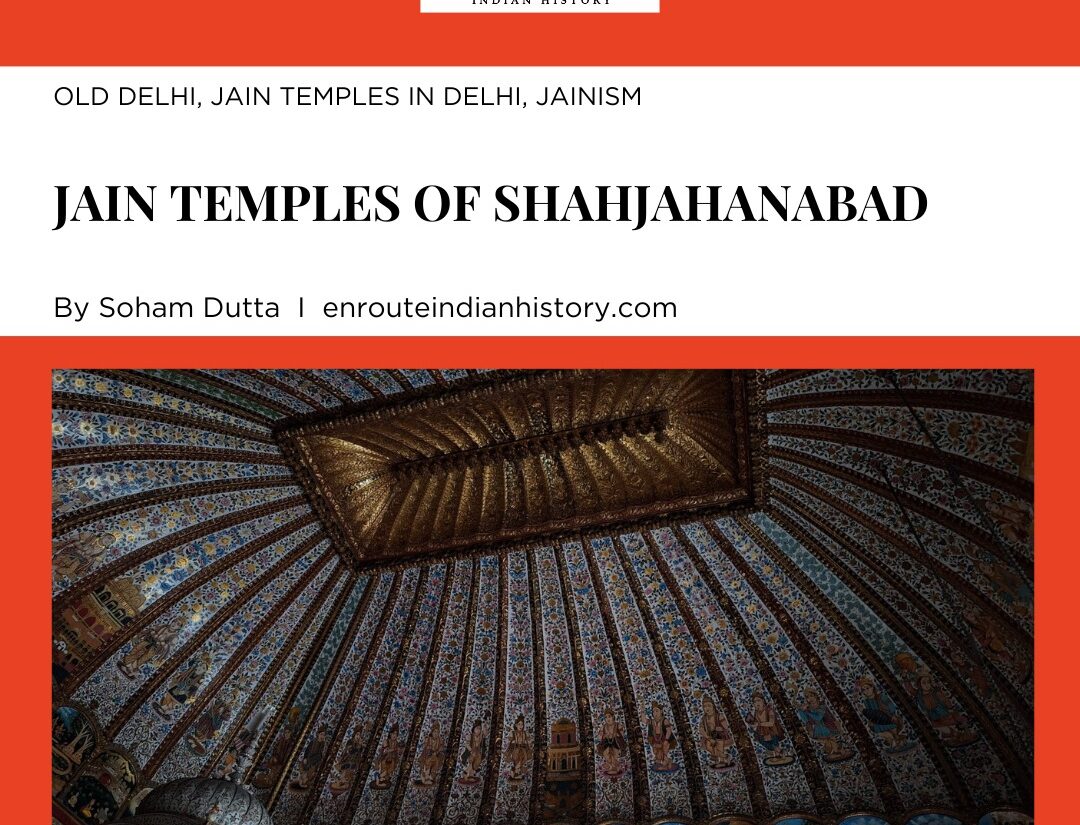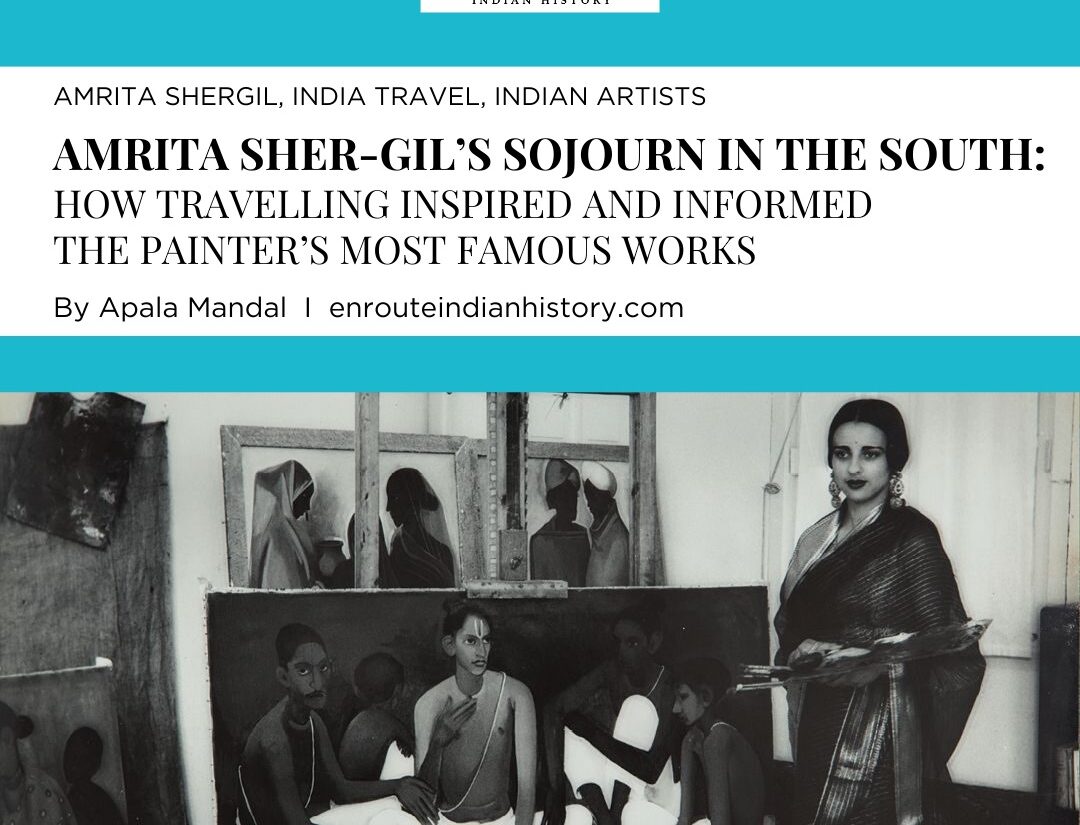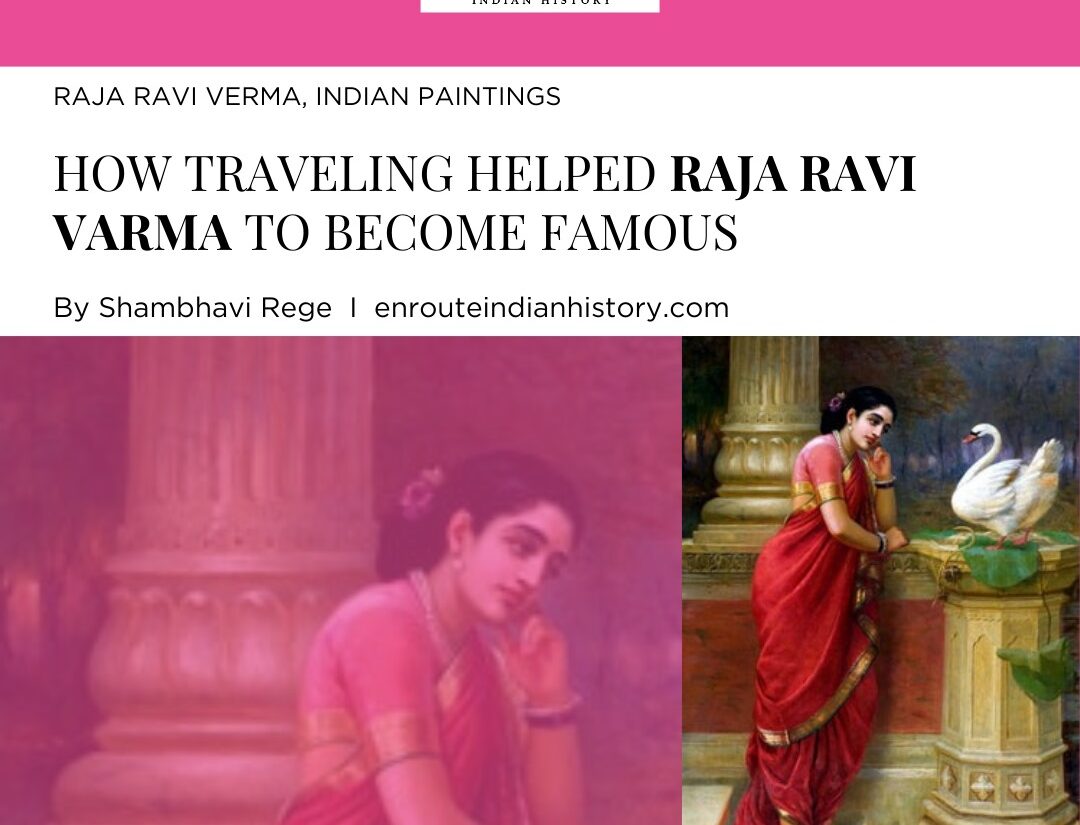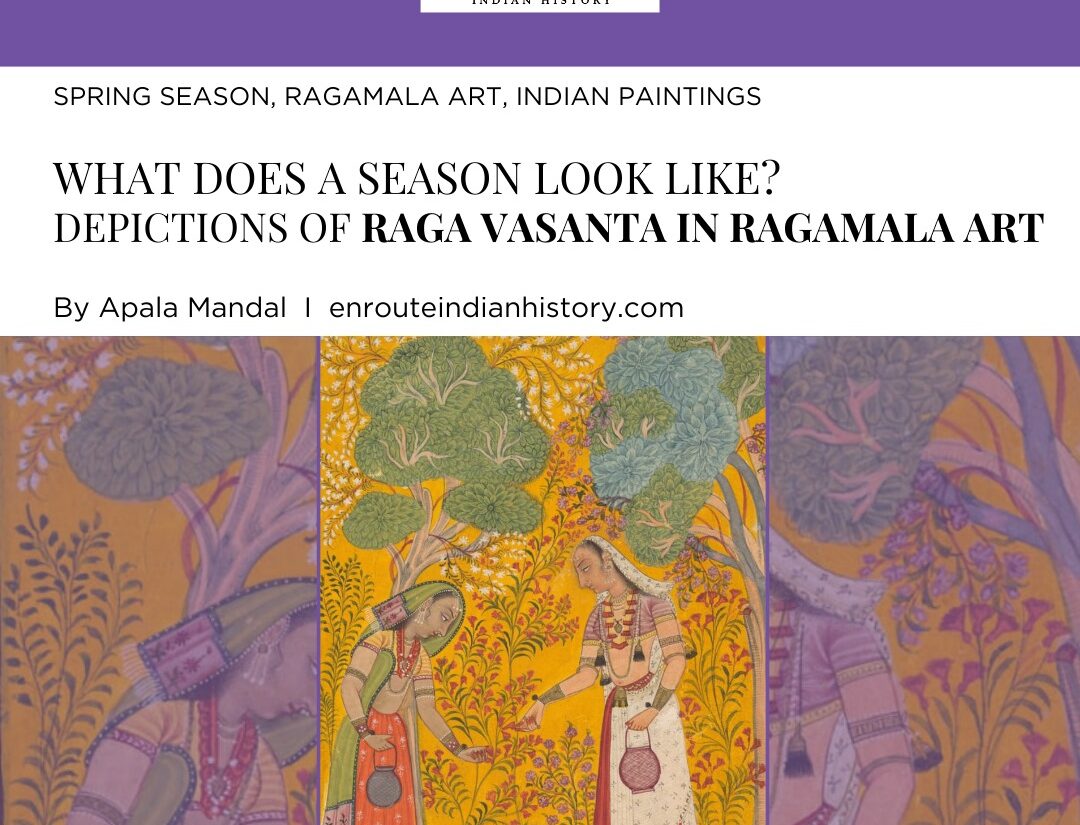The story of the Kashmiri shawl
Handwoven cloth from the Indian subcontinent’s Kashmir region has been revered for centuries for its exquisite softness and decorative surface patterns. Pashm, which means “soft hair” in Persian, is the fleece used to make the cloth, and it is typically gathered from the soft undercoat of Himalayan goats. This wool fabric is now known as “cashmere” after the old English spelling of “Kashmir,” or “pashmina” after the word “pashm.” It is widely assumed that production of the cloth began around the mid-fifteenth century. The Safavid, Zand, and Qajar empires in Iran, as well as the Mughal empire in northern India, supported the industry in the sixteenth century. It gained popularity after Mughal Emperor Akbar conquered Kashmir in 1568 and established imperial workshops for Kashmiri cloth production. We are told that Akbar enjoyed wearing two pashmina shawls (Kashmiri Shawl) together by Abul Fazl in the Ain-i-Akbari. Shawl ateliers flourished during his reign because of the personal interest he took in design and colour. A shawl was an important part of the khilat ceremony under the Mughals, which was a ceremonial presentation of robes by the Emperor to a favoured courtier. The cloth was sold on sea and land trade routes to China, Central Asia, Russia, and the Ottoman Empire from the sixteenth to the eighteenth centuries.

Portrait of Abd ar-Rahim, a Mughal notable, wearing a Kashmiri shawl. He was a poet and patron of the arts and served as the khankhanan, or commander in chief, of the Mughal armies during the late 16th and early 17th centuries. (Image Credit: Freer Gallery of Art)
Boteh or Buta

Portrait of Begum Samru; wearing a Kashmir Shawl; holding a huqqa-snake; draped curtain behind her, by Jiwan Das, Company Painting, Delhi c. 1830; Acc No 03554(IS); Source: V&A
One of the most popular motifs found in Kashimiri shawls was that of Boteh or buta. Buta, which means “flower” in Hindi-Urdu, or boteh, which means “bush” or “shrub” in Persian, is the teardrop-shaped floral motif that frequently adorns the cloth.
According to some design scholars, the boteh is the fusion of a stylized floral spray and a cypress tree: a Zoroastrian symbol of life and eternity. The “bent” cedar represents strength and resistance, but also modesty. The floral motif originated in Persia during the Sassanid and later Safavid dynasties (1501-1736), and was a popular textile pattern in Iran during the Qajar and Pahlavi dynasties. During these times, the pattern was used to decorate royal regalia, crowns, and court garments, as well as general-purpose textiles. The motifs in Persian and Central Asian designs are typically arranged in orderly rows on a plain background.
Boteh was said to have been transported from Persia to Kashmir sometime in the 1400s. Some of the earliest recorded Kashmir shawls were produced in India in the 1400s, according to records from the 1500s, during Emperor Akbar’s reign over the Mughal people in this area, indicating that shawl-making was already fashionable in India before Mughal conquest in the early 1400s. Boteh Jegheh shawls were said to be extremely popular and fashionable during Emperor Akbar’s reign over the Mughal Empire.
It is thought that by the 1700s, Kashmir shawls were produced in the style that we now associate with modern paisley.
Europe
While we are talking about patterns, have a look below. You will find paintings of women from affluent families donning the Kashmiri shawl with the boteh motif. Or as it got its new name-paisley motif.
The Journal des dames et des modes is one of the first French illustrated fashion magazines, created in 1797 by the bookseller Sellèque, taken over in 1801 by Pierre Antoine Leboux of La Mésangère and disappeared in 1839.

Empress Josephine of France by Antoine Jean Gros; France c. 1808; Public domain

Collection of the Cincinnati Art Museum
From Boteh to Paisley
The shawl fragments are not produced in Indian or Persian workshops. Rather they were from textile manufacturing centres in Europe. One such centre was Paisley in Scotland, which gave the motif a new name.
A shawl from The Metropolitan Museum is an example of a European shawl made on the draw loom that mimics the Kashmiri style of a plain ground bordered by buta motifs. The motif became increasingly stylized in European imitations, prompting some historians to distinguish the more abstract “paisley” variation from the buta.
European manufacturers started producing cheaper imitations of Kashmiri shawls. Manufacturers in cities and towns with prominent textile industries, such as Edinburgh and Norwich in the late eighteenth century, and Paris, Vienna, and Moscow in the early nineteenth century, were the first to adopt this. Production began in Paisley, Scotland, in 1805 as well. Paisley’s industry became so successful, thanks to local technological innovations and a focus on the mass market, that by the mid-nineteenth century, its name had become synonymous with the shawls’ distinctive buta motif for many Anglophones.
Evolving methods and motifs
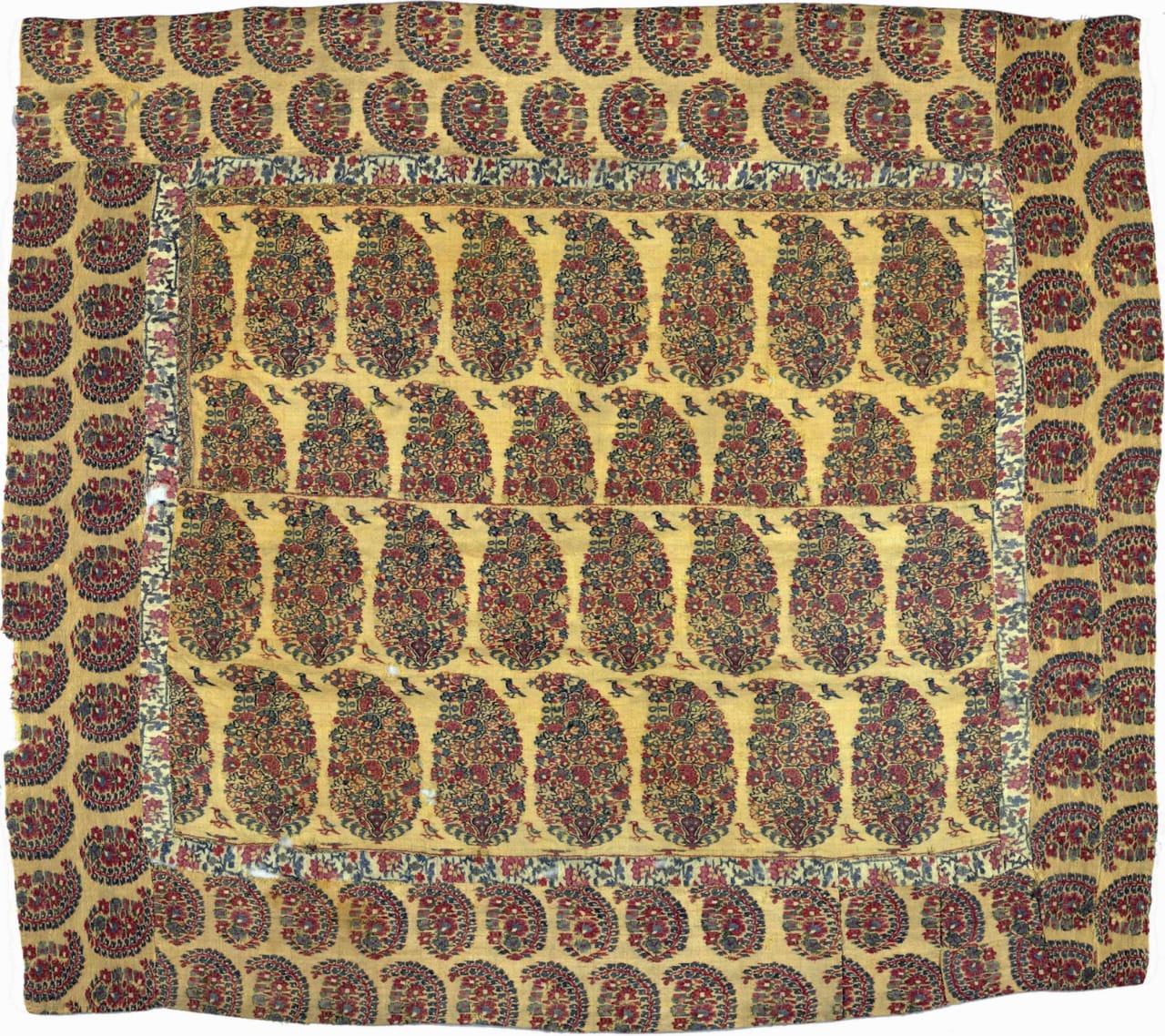
This tili shawl was woven in several different pieces and then stitched together. Shawl, 1790–1825, wool, India (Cooper Hewitt, Smithsonian Design Museum)
Responding to European competition, Kashmiri manufacturers developed new techniques that reduced production time, such as tili or patched shawls, which were sewn together from several different woven pieces (meaning that several sections could be woven at the same time).
Call it Boteh or buta or paisley- it is the same. The popularity of the paisley motif can be seen in Western pop culture and traditional Indian handicrafts. A look at the history of Kashmiri shawl motifs tells us that the journey of Boteh from Persia to Mughal buta and finally to Paisley, over hundreds of years, has not come to an end. The motifs are taking new shapes and forms. Thus, they are becoming more present than ever before.
References
- Michele Maskiell, “Consuming Kashmir: Shawls and Empires, 1500–2000,” Journal of World History 13, No. 1 (Spring 2002): pp. 48-52
- Chandra, Moti. 1989 [1954]. Kashmir Shawls. In Handwoven Fabrics of India, ed. Jasleen Dhamija and Jyotindra Jain. Ahmedabad, India: Mapin Publishing Pvt. Ltd.
- March 20, 2024
- 10 Min Read

